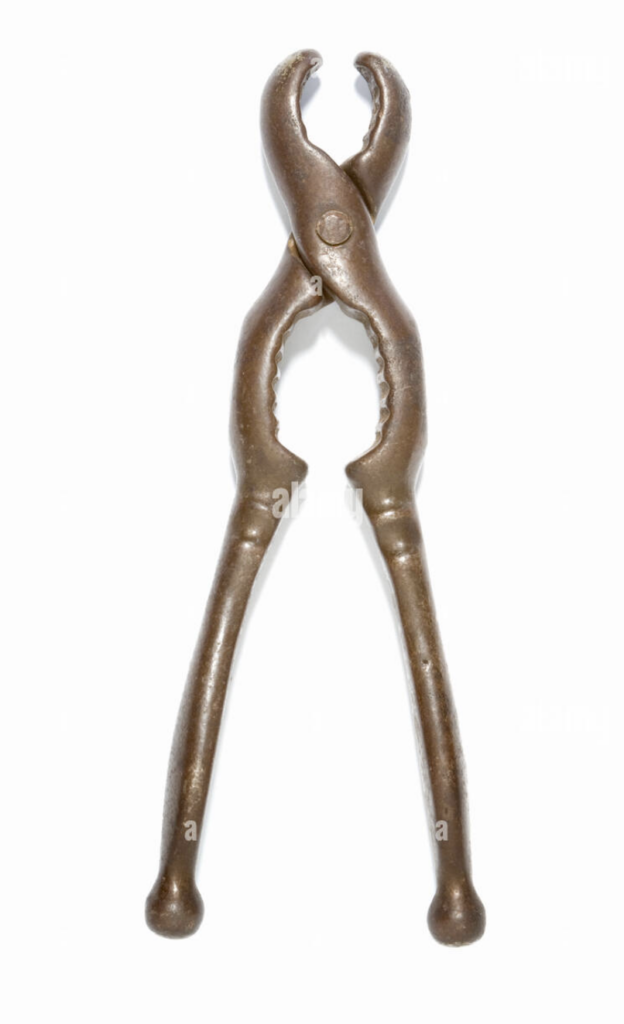Do you remember these? Many of us have stumbled upon these enigmatic tools at our grandparents’ house. Nutcrackers like this were often part of a set of seafood tools, which included implements for cracking the shells of shellfish and picks for extracting the delectable meat inside. These nutcrackers were accompanied by a charming wooden bowl, meticulously carved to resemble a chestnut.
These tools not only served a practical purpose but also held sentimental value. Countless generations have fond memories of these treasured items that adorned their grandparents’ homes. Let’s take a trip down memory lane and revisit these nostalgic artifacts.
Nutcrackers traditionally function as a tool to crack nuts, designed to feature a lever mouth in most models, making them both functional and whimsically ornamental. The earliest nutcrackers were simple, rugged, and primarily utilitarian. However, over the centuries, they evolved into more decorative pieces, reflecting not just craftsmanship but also the social and cultural nuances of their times.
The art of crafting nutcrackers is closely associated with woodworking crafts of rural Germany, particularly the region of Erzgebirge, known for its mining and wood carving. As mining declined in the 19th century, the local craftsmen, or ‘Reifendrehers’, turned more to woodwork, creating toys and nutcrackers to make a living. This shift marked the beginning of nutcrackers as popular holiday decorations.

Nutcrackers are often depicted as authoritative figures, like soldiers, kings, or knights. This is no accident, as these figures symbolize strength and power, embodying the ability to crack the tough shells of nuts. The most famous design is perhaps the “King Nutcracker,” which is now synonymous with Christmas. This design was popularized by folklore and fairy tales, most notably by E.T.A. Hoffmann’s story “The Nutcracker and the Mouse King,” which was later adapted into the famous ballet by Tchaikovsky.
The design of traditional nutcrackers involves an intricate process. Made from wood, these figures are carved, assembled, and painted by hand. The typical nutcracker has a lever at the back of the figure, which controls the mouth to crack the nut placed in its mouth. Over time, the designs have become more elaborate and colorful, turning them into coveted collectibles.
The making of nutcrackers is a tradition that is passed down through generations. Families in the Erzgebirge region often work in small workshops that specialize in wooden toys and nutcrackers. These workshops preserve the traditional methods, ensuring that each piece is unique and retains the charm of the old school craftsmanship.
Collecting nutcrackers became popular in the United States post-World War II, spurred by soldiers returning home from Germany with these quirky souvenirs. Today, vintage nutcrackers are sought after by collectors and Christmas enthusiasts alike. The older a nutcracker is, and the more unique its design, the more valuable it becomes. Collectors often look for specific styles from particular eras or from renowned craftsmen, making each addition to their collection a precious link to the past.
In modern times, while the practical use of nutcrackers as tools to crack nuts has diminished, their cultural significance continues to grow. Annual nutcracker markets and festivals celebrate this enduring craft, showcasing the rich heritage and the continued appeal of these charming figures. As both a tool and a toy, the nutcracker stands as a festive sentinel in homes around the world, a timeless tribute to craftsmanship and holiday spirit.





